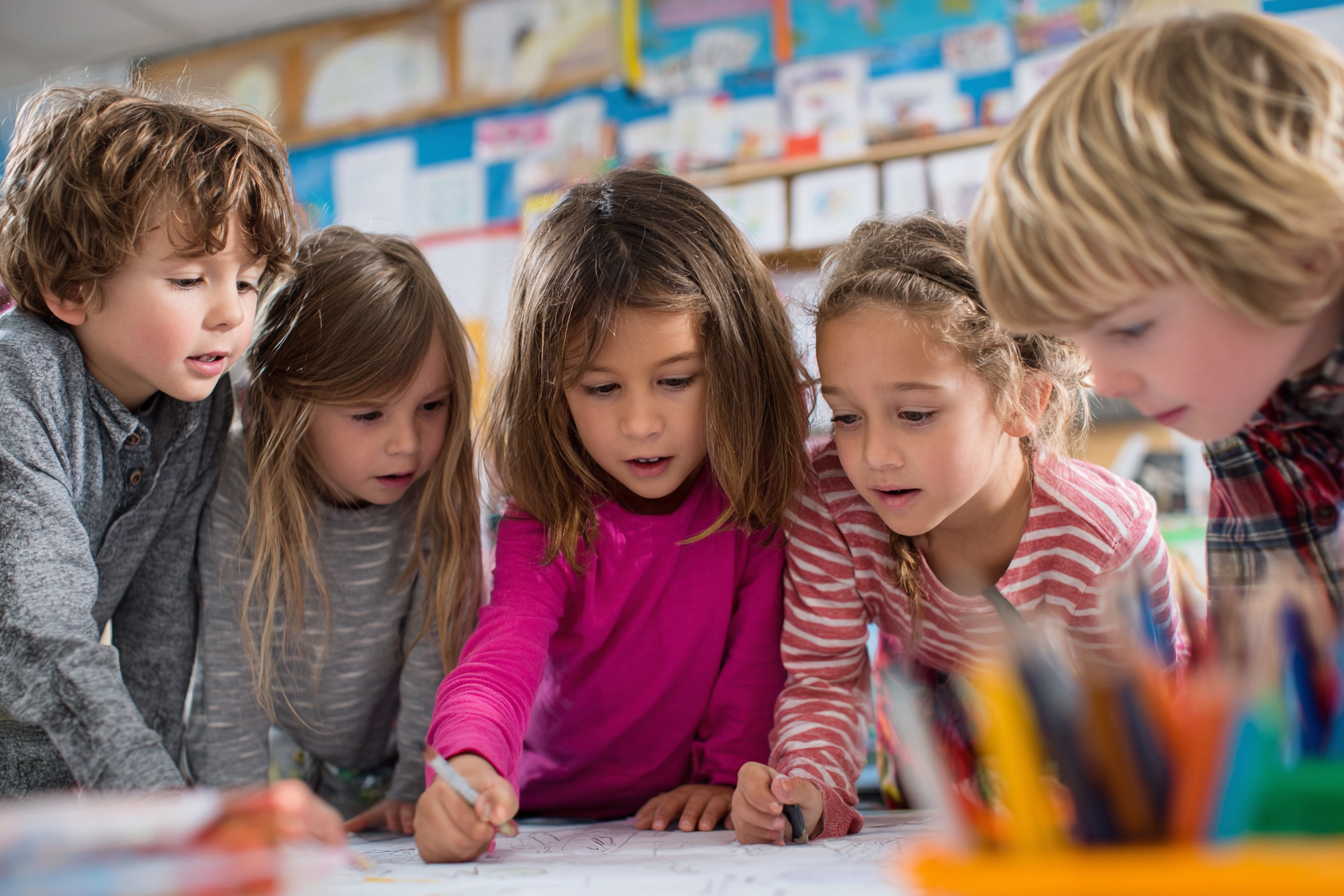Unit Plan 15 (Grade 1 Social Studies): Family Traditions and Celebrations
Celebrate and compare diverse family traditions with activities that build cultural understanding, respect, and appreciation for important holidays and community celebrations.

Focus: Help students share and compare family traditions, holidays, and celebrations, noticing similarities and differences while practicing respect for all cultures and customs. Emphasize why some people, holidays, and commemorations are important in families and in the wider community.
Grade Level: 1
Subject Area: Social Studies (History • Culture • Community)
Total Unit Duration: 5 sessions (one week), 30–45 minutes per session
I. Introduction
In this unit, students explore how families celebrate special days, such as birthdays, religious holidays, cultural festivals, and community events. Through picture books, class discussions, and simple show-and-share activities, students learn that every family has its own traditions—foods, songs, clothes, or activities that are important to them. They practice noticing what is the same and different about these celebrations and learn that we show respect when we listen and value each other’s stories.
Essential Questions
- What is a tradition? What kinds of celebrations do families have?
- How are our holidays and customs the same and different from our classmates’ traditions?
- Why do people remember and celebrate important people and events?
- How can we show respect for traditions that are not the same as our own?
II. Objectives and Standards
Learning Objectives — Students will be able to:
- Explain in simple words what a tradition or celebration is and give at least one example from their own family or community.
- Identify at least one holiday or special day and say why it is important (e.g., “We remember someone,” “We say thank you,” “We celebrate freedom.”).
- Compare two traditions (their own and a classmate’s or one from a story), naming at least one similarity and one difference.
- Use pictures and/or simple sentences to show a family or community celebration in a “My Family Tradition” page or class book.
- Practice respectful listening and kind responses when classmates share their celebrations.
Standards Alignment — 1st Grade (C3-based custom)
- 1.C3.Hist.4 — Describe family and cultural traditions; note similarities and differences.
- Example: Share foods or songs from a family celebration.
- 1.C3.Hist.3 — Identify important people, holidays, and commemorations; state why they matter.
- Example: Martin Luther King Jr., Veterans Day—basic significance.
Success Criteria — Student Language
- I can tell what a tradition or celebration is and give one example from my life.
- I can name at least one holiday or special day and say why it is important.
- I can say how my celebration is the same and different from a classmate’s or a story.
- I can make a picture and words that show my family tradition.
- I can listen respectfully when others share and say something kind about their traditions.
